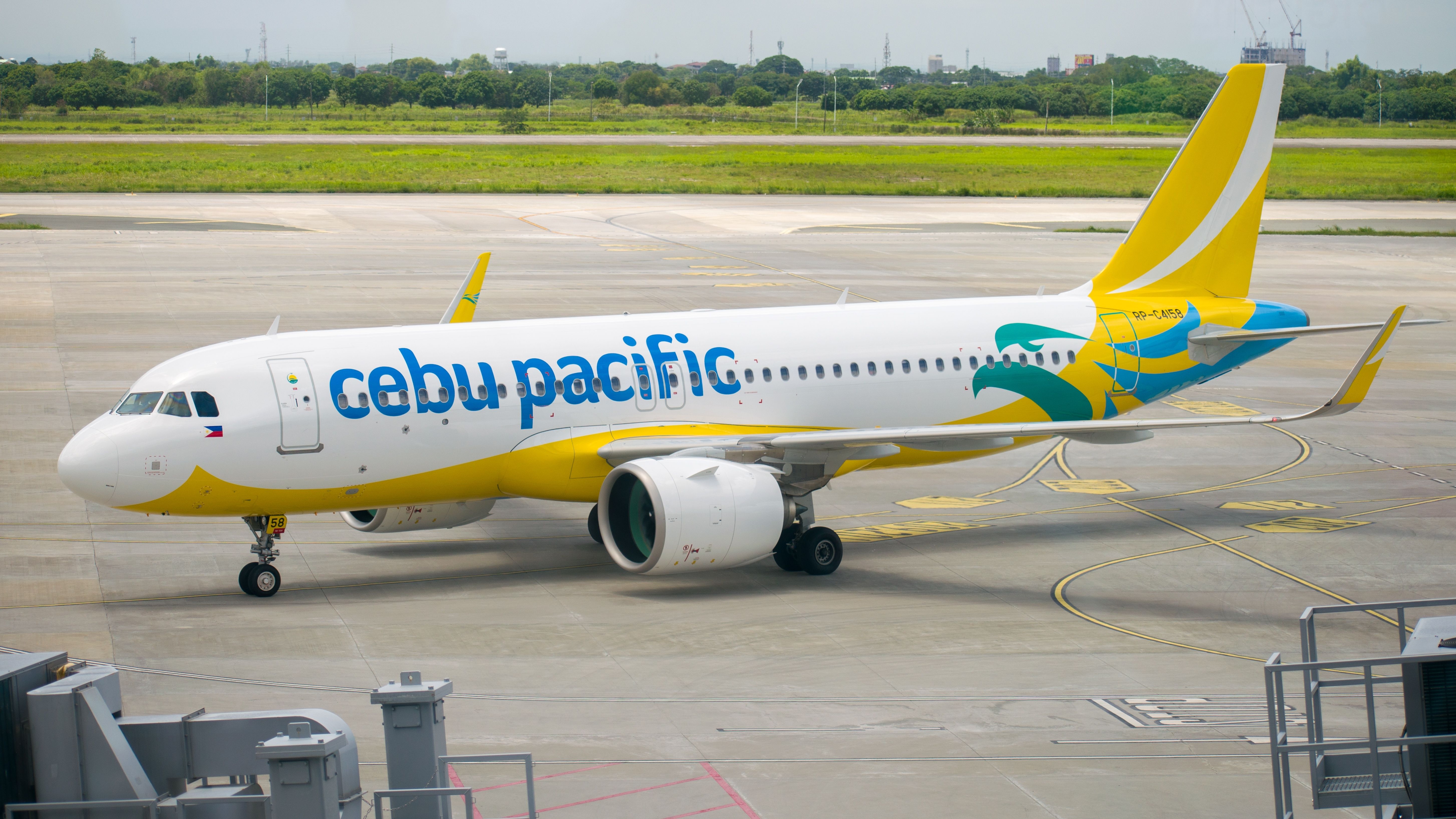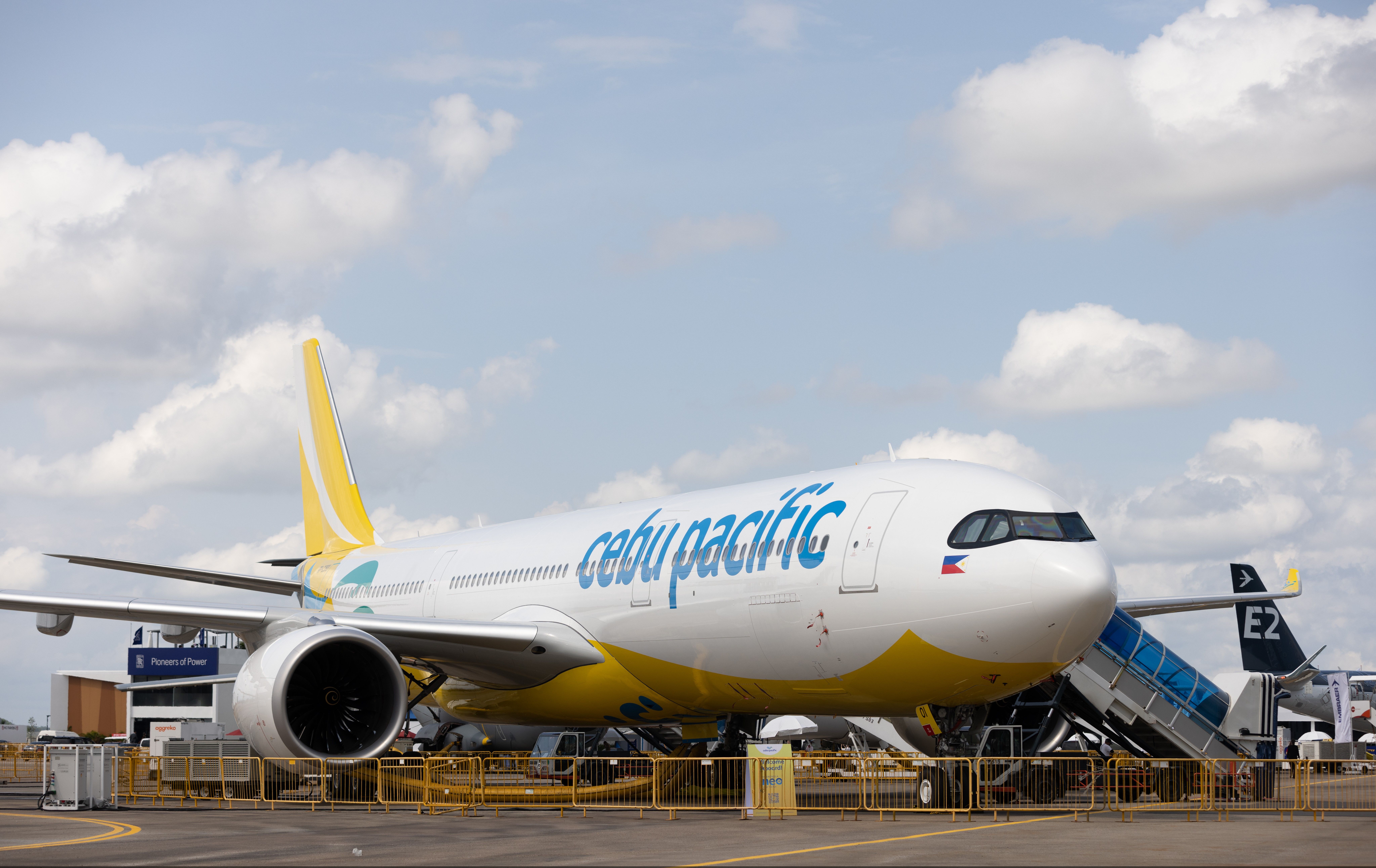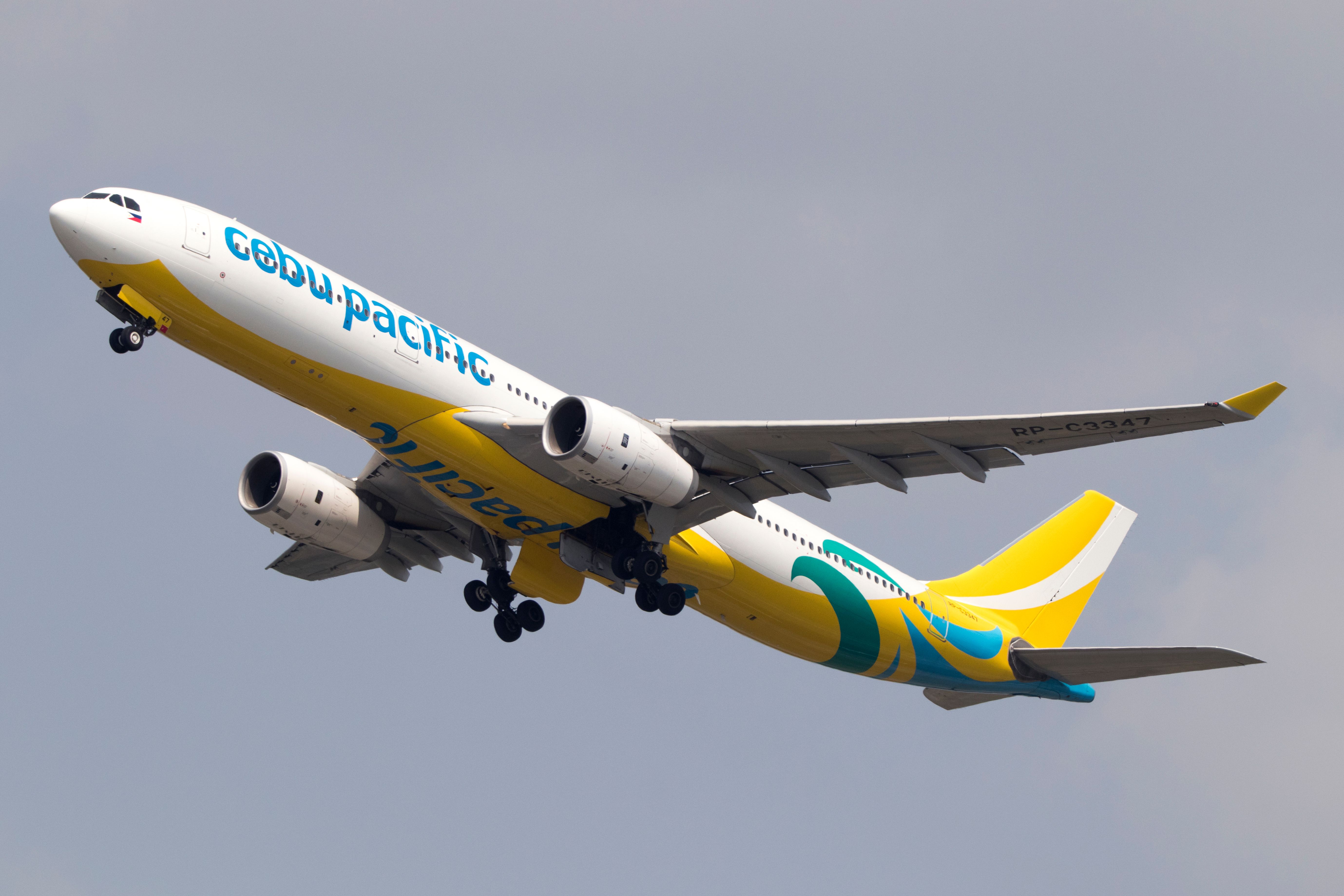Later this month, Cebu Pacific will turn 35 years old, with its foundation having occurred on August 26th, 1988. The Philippines-based low-cost carrier subsequently commenced operations in March 1996, and it has since gone on to build an all-Airbus fleet that consists, according to data from ch-aviation.com, of 61 aircraft.
The Airbus A330neo
Cebu Pacific's fleet as a whole is very young, with an average age of just five years old, and its youngest aircraft type by average age is the Airbus A330-900. This twin-engine widebody is the largest passenger variant of the A330neo series, and the five examples that Cebu Pacific presently operates have a mean figure of 1.9 years.
This part of Cebu Pacific's fleet is set to grow in the coming years, with more than a quarter of the low-cost carrier's outstanding orders being for the Airbus A330-900. All in all, the airline has another 11 examples of this next-generation twinjet on order, which will eventually take its total sub-fleet of the A330neo to 16 aircraft.
Want answers to more key questions in aviation? Check out the rest of our guides here!
Aside from their young average age, Cebu Pacific's Airbus A330-900s are also known for being among the world's most densely-configured widebody passenger aircraft. The carrier has fitted each of them with 459 economy class seats laid out in a 3-3-3 configuration. Their seat pitch is a very tight 28 inches.
Older A330s
While the dense seating configuration on Cebu Pacific's Airbus A330neo series aircraft certainly turns heads, these aren't its only widebodies with such a setup. Indeed, the carrier also presently has three examples of the A330-300 model at its disposal, though it has also previously flown another five of these European jets.
Of these three aircraft, which have an average age of eight years old, just one (RP-C3348) is presently listed by ch-aviation's data as being active. When it comes to the inactive pair, RP-C3345 is stored, while RP-C3346 is in maintenance.
Get the latest aviation news straight to your inbox: Sign up for our newsletters today!
Cebu Pacific's Airbus A330-300s also have an all-economy seating configuration, albeit one that seats slightly fewer passengers than its A330-900s. These widebodies have space for 436 passengers, with a 30-inch seat pitch.
Going smaller
While Cebu Pacific's densely-packed Airbus A330s are arguably its flagship aircraft, the bulk of its fleet actually comes from the narrowbody A320 series. For instance, the older A320ceo family is represented by 21 A320-200s (18 active, 9.9 years old on average) and seven A321-200s (all active, 5.2 years old on average).
At the newer end of the spectrum, Cebu Pacific also flies 14 A320neos (10 active, two years old on average) and 11 A321neos (10 active, three years old on average). In the future, Cebu Pacific has big plans for buying more A320neo jets, with orders for another 10 A320neos, 10 A321neos, and 10 A321XLRs.
What do you make of Cebu Pacific's fleet? How many of its aircraft have you flown onboard? Let us know your thoughts and experiences in the comments!
Source: ch-aviation.com



